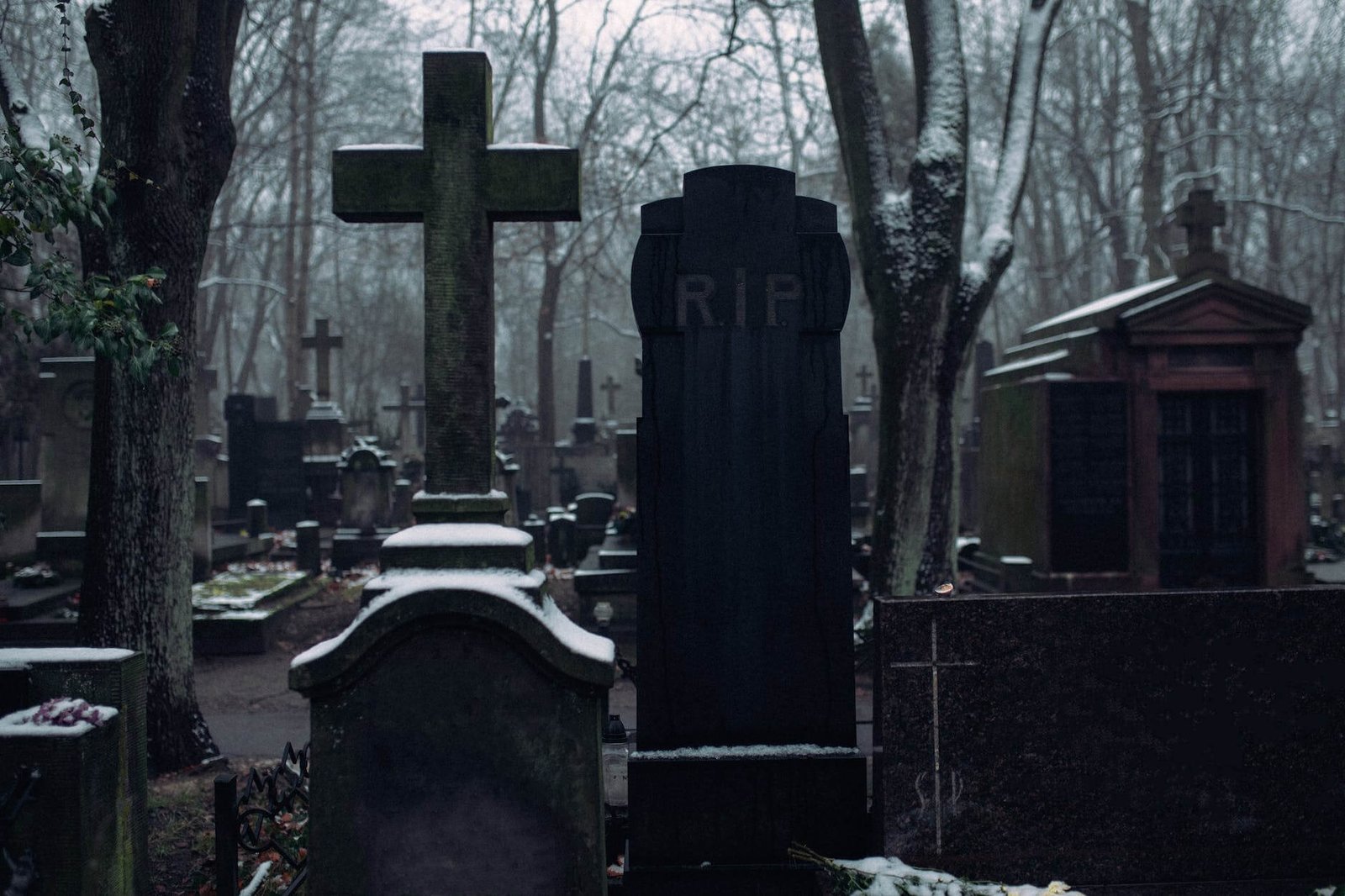Realms of Rylon Postmortem – The Ugly

So far I’ve covered the good, and the bad, so now I’m going to cover the ugly. These are the things that I felt went from bad to worse, and on some level I think contributed to the ending of the campaign. These are also the items that seemed to come up time and again when the group would discuss the campaign as issues detracting from their enjoyment, and let’s face it, if it isn’t fun no one wants to play.
Encounter levels
One of the items I truly struggled with as the campaign matured was encounter levels. The campaign was played using 3.5 D&D rules, and for the most part things went as expected for the first five or six character levels. I was a “good GM” and followed the charts and tables in the books for determining the level and number of creatures to encounter and managed to keep it all within the flavor of the campaign I had designed.
But then it went wrong, horribly wrong.
The campaign initially started out as a low magic, high role-play campaign, and it worked really well and everyone truly enjoyed it. The issue came to light as the party advanced in levels. We started to have more combat encounters and while I advanced the opponents, I neglected to take into account the lack of magic in the party. I’m not talking just spell casters here I’m talking about there were few magic weapons, armor or items to help with these more powerfully opponents and things got out of hand rapidly. I was suddenly dealing with the need to fudge not only attack rolls but also damage rolls to keep characters alive (a drawback of having character prophecies, but we’ll leave that for another time) and more than once the “big baddie” bowed out of a combat for some trumped-up reason as opposed to just finishing off the party. Before I even started this campaign, the players’ had dubbed it “Scot’s Campaign of PC Death” and it was starting to resemble that.
I’d like to say I figured out a way to fix this issue, but the reality is that the campaign ended before the balance could be found again. The players had started to correct this issue by asking to create new characters, and as those characters came in they were more “magically enhanced” than their predecessors, which made the encounters easier.
Lesson learned – pay attention to the relative strength of the party. Most systems give you guidelines for building either high level PCs or NPCs which show you what the system is expecting them to have for gear, ignore this and the party will not be at the right “power level” for what you’re planning.
Pace
Ever pick up a book and find that you’re drawn into it and just can’t put it down? That’s the way I think a campaign should be, it draws the players in with a strong storyline and builds on that with timely combat and challenges.
I’d like to think that The Realms started off that way, everyone seemed engaged with the storylines, liked the amount of combat we were having and even enjoyed the puzzles and non-combat challenges presented to them (ok maybe not the mazes). Over the course of time, however, things started to slow down and eventually stopped. There were a number of factors that led to this and while I’d like to put my finger on one I just can’t.
Some of the factors were external to the game itself, things such as work schedules and family events – we had more than a couple of additions to the extended group during the campaign run. When you couple those with the changing player and character rosters it made it difficult to maintain a consistent schedule which slows down plot progression.
I think the single biggest item that comes to mind from the perspective of slowing things down was combat. This is an area I think that a lot of groups struggle with, as it seems that the higher in level the group goes, the longer it takes to get combat resolved. I’m not talking game terms here, I’m talking about real time. The Realms was a D&D campaign and while a number of combats only took a few rounds (less than a minute in game) they lasted for hours in real time. Things like pre-rolling, standardized actions and timers helped, but when you spend most of an evening with a single combat it slows things way down.
Lesson learned – keep an eye on fast things are moving. When planning out your campaign, try to build in ways to speed things up – is there a scene you can cut? Everyone likes combat, but do you really need it this session and if so is there a way you can speed it up? Can things be done via email between sessions (something our groups’ current GM is doing)? Are you getting bogged down at the table with rule lookups? Taking some time to identify those areas where things are slowing moving is the first step in trying to improve them – be sure to get your groups’ input, as they may see issues where you don’t.
Campaign Died
Looking back over the other items both in this post and the previous one, I find that this one item not only contributed to the overall lack of enjoyment of the campaign, but is also the result of all the others. A lot of folks will think that statement is a bit strange as since the campaign wasn’t enjoyable it should end, and I would agree, but unlike the campaign endings mentioned at Treasure Tables (now part of Gnome Stew) or at the Musings of a Chatty DM the Realms didn’t really end, it died on the vine.
To continue the analogy the fruit was there, ready to be picked, great plots, colorful characters and interesting places to visit and explore – trouble was there was too much of it. I know that like my statement above that will sound odd to some but when you have more plot lines than you can count on both hands, a list of named (and potentially important) NPCs that went into triple digits and locations that spanned a continent and two timelines (did I mention I introduced time travel?) it was impossible to handle and became stagnant. My group was great through this, offering suggestions and letting plot lines drop by the wayside, but in the end with all the elements, power level and pacing issues it was not salvageable – not even an attempt at a campaign reboot could save it.
In the end, we just stopped playing the game – I even thought foolishly that we would go back to it for a while – and the Realms faded. We still talk about it, I have all the newsletters in a single PDF that I distributed, all my notes (which I should scan) are still intact and there are many things I can use from it for other campaigns in the future – but we never really ended it.
Lesson learned – watch your scope and plan ahead. I know that’s advice that been often quoted and not just in the RPG arena, but it rings all too true. Planning out a large scale setting with a lot of elements is great if you use them, and they supplement what your group wants, but when those elements begin to take all of your creative energies to maintain instead of designing good, solid, interesting and fun sessions it’s time to scale back.
This took a lot longer than I expected to finish and while there were a number of external factors to it, I also found that really taking a look at what went on in the campaign and how those parts were related took a fair amount of time as well. I think that’s true of a lot of things, when you’re in the thick of it you miss the cues that something is not going right and only afterwards are you able to see it (that saying “you can’t see the forest through the trees” comes to mind). I hope that you gained at least a few nuggets of value from this short series, I know the reflection has helped me.
May your dice roll well.
In case you missed the previous posts:
Realms of Rylon – The Postmortem
Realms of Rylon – The Good
Realms of Rylon – The Bad

Ouch, that couldn’t have been fun to write.
Still, thanks for sharing it. I think there’s a lot to learn from what you’ve written.
– Brian
Brian you’re right, it wasn’t fun to write – but then I think any time you take an honest look at something you’ve done in an attempt to better yourself whether it’s gaming or something else in life you have to be willing to look at all the aspects, not just the good one.
It was also a bit painful because as I wrote the series it became obvious to me that there were so many minor changes I could have made that would have taken the campaign to the next level and allowed me to finish it the way I had intended.
I’m glad that you found it interesting and hopefully you’re not the only one that took something away from it – that’s one of my goals here, to share from my experience so that others can (with luck) avoid some of the traps I set for myself.
I also appreciate your hard look and introspection– it offers valuable lessons, particularly about plot density and fiddling. I’ll keep them in mind when looking at my game, which is thrashing around at the moment…
You’re welcome Scott and I’m glad you were able to gain something from this series – it’s part of the reason why I started this blog, to help others avoid the pitfalls I’ve made.
Wow! This is really informative and incredibly useful for budding GMs like me. As the other’s said, it’s never easy talking about your own failures and mistakes, but if a mistake is learned from then it is no longer a mistake- it is a lesson. This has made me realize why some aspects of my campaign are currently flopping and how I can fix them. Again, thanks for all your hard work!
You’re welcome Angus and I’m glad you found the information helpful.